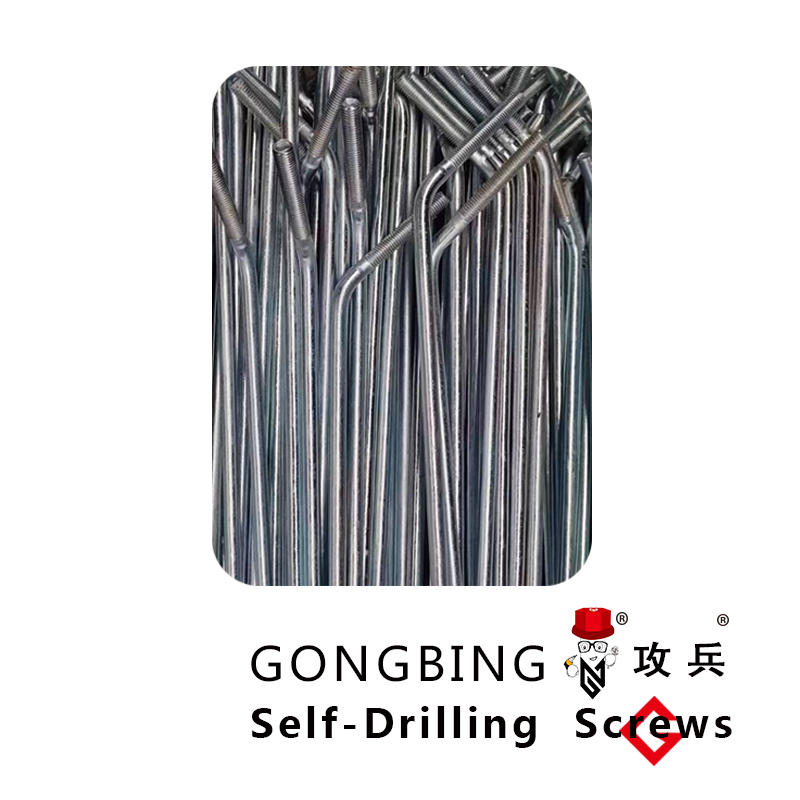Exploring the Benefits and Applications of Cross Bracing in Steel Structural Engineering
Cross Bracing in Steel Structures An Overview
Cross bracing is an essential structural design technique widely used in the construction of steel structures. It plays a pivotal role in enhancing stability, strength, and overall performance against lateral forces such as wind and seismic activity. This method involves the installation of diagonal members, typically in a cross formation, within a framework of vertical and horizontal elements. Understanding the principles and applications of cross bracing is fundamental for engineers and architects involved in structural design.
The Importance of Cross Bracing
In structural engineering, one of the primary challenges is to ensure that a building or structure can resist lateral loads. These loads can arise from environmental factors like wind and earthquakes, which can cause significant sway or deformation. Cross bracing effectively transforms the structure into a rigid frame, distributing these forces more evenly across the framework and minimizing the risk of failure.
The diagonal bracing members are designed to counteract tension and compression, enhancing the overall stiffness of the structure. When lateral forces are applied, the cross bracing members work in tandem with vertical columns and horizontal beams, creating a triangulated system that is inherently stronger than frames lacking such support. This design not only increases stability but also allows for lighter structures, reducing material costs while maintaining safety and functionality.
Types of Cross Bracing
There are various types of cross bracing, and the choice of design depends on several factors, including the building’s purpose, location, and architectural style. The two most common forms are
1. X-Bracing This is the most traditional form of cross bracing. Members are arranged in an “X” shape, which provides excellent resistance to lateral forces. X-bracing is highly effective but may be less aesthetically pleasing in certain architectural designs.
cross bracing in steel structures

2. K-Bracing In this design, diagonal members extend from the bottom of a column to a point on a higher beam, resembling the letter “K.” K-bracing can provide similar stability to X-bracing but may offer more flexibility in terms of architectural aesthetics and usable space within the structure.
In addition to these, there are also variations such as V-bracing and inverted V-bracing, which might be used depending on specific project requirements.
Design Considerations and Challenges
While cross bracing presents numerous advantages, there are also considerations that engineers must account for during the design process. One challenge is the potential for redundancy in structural elements, which can lead to increased weight or material use. Therefore, a careful balance must be struck between the amount of bracing used and the overall weight of the structure.
Another consideration is the connection of the bracing elements to the main structural frame. Ensuring that these connections are robust is crucial to maintaining the effectiveness of the bracing system. Additionally, cross bracing may not be suitable for all types of buildings, especially those requiring open internal spaces or where architectural expression is a priority.
Conclusion
In conclusion, cross bracing remains a vital technique in the construction of steel structures, offering enhanced stability and load-bearing capacity. With various designs available, engineers can select the most suitable configuration to meet both functional and aesthetic requirements. As building techniques and materials continue to evolve, cross bracing will undoubtedly adapt, ensuring that it remains a critical component of modern structural engineering. By understanding the principles and intricacies of cross bracing, professionals can design safer, more resilient structures capable of withstanding the forces of nature.
-
Weatherproof Plastic Expansion Anchors for OutdoorNkhaniJun.06,2025
-
Sustainability in the Supply Chain: Eco-Friendly TEK Screws ProductionNkhaniJun.06,2025
-
Load-Bearing Capacity of External Insulation FixingsNkhaniJun.06,2025
-
Double Head Bolts: Enhancing Efficiency in Industrial MachineryNkhaniJun.06,2025
-
Corrosion Resistance in Chipboard Screws: Coatings for Wholesale DurabilityNkhaniJun.06,2025
-
Butterfly Toggle Bolts : Enhancing Structural ResilienceNkhaniJun.06,2025
